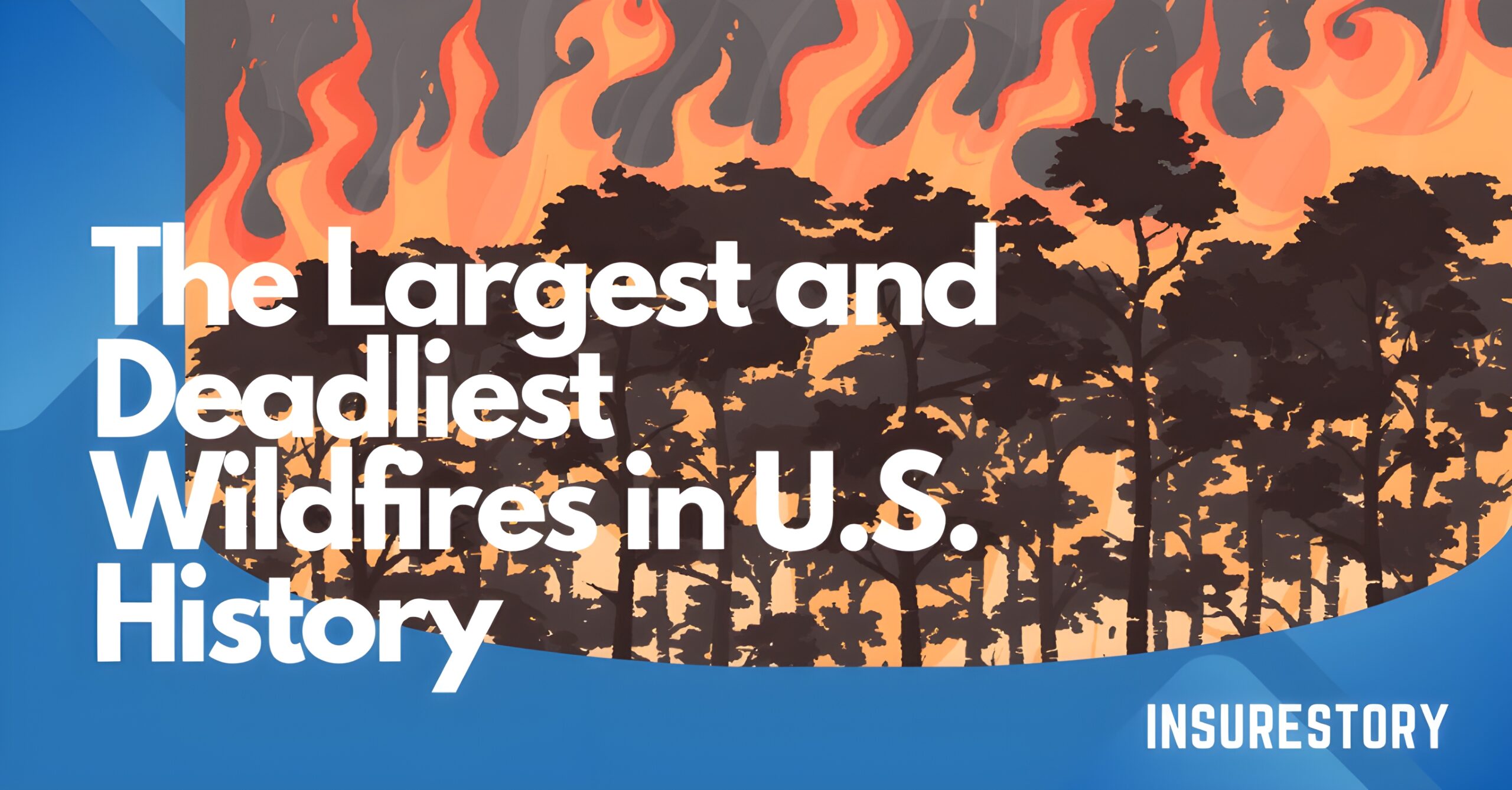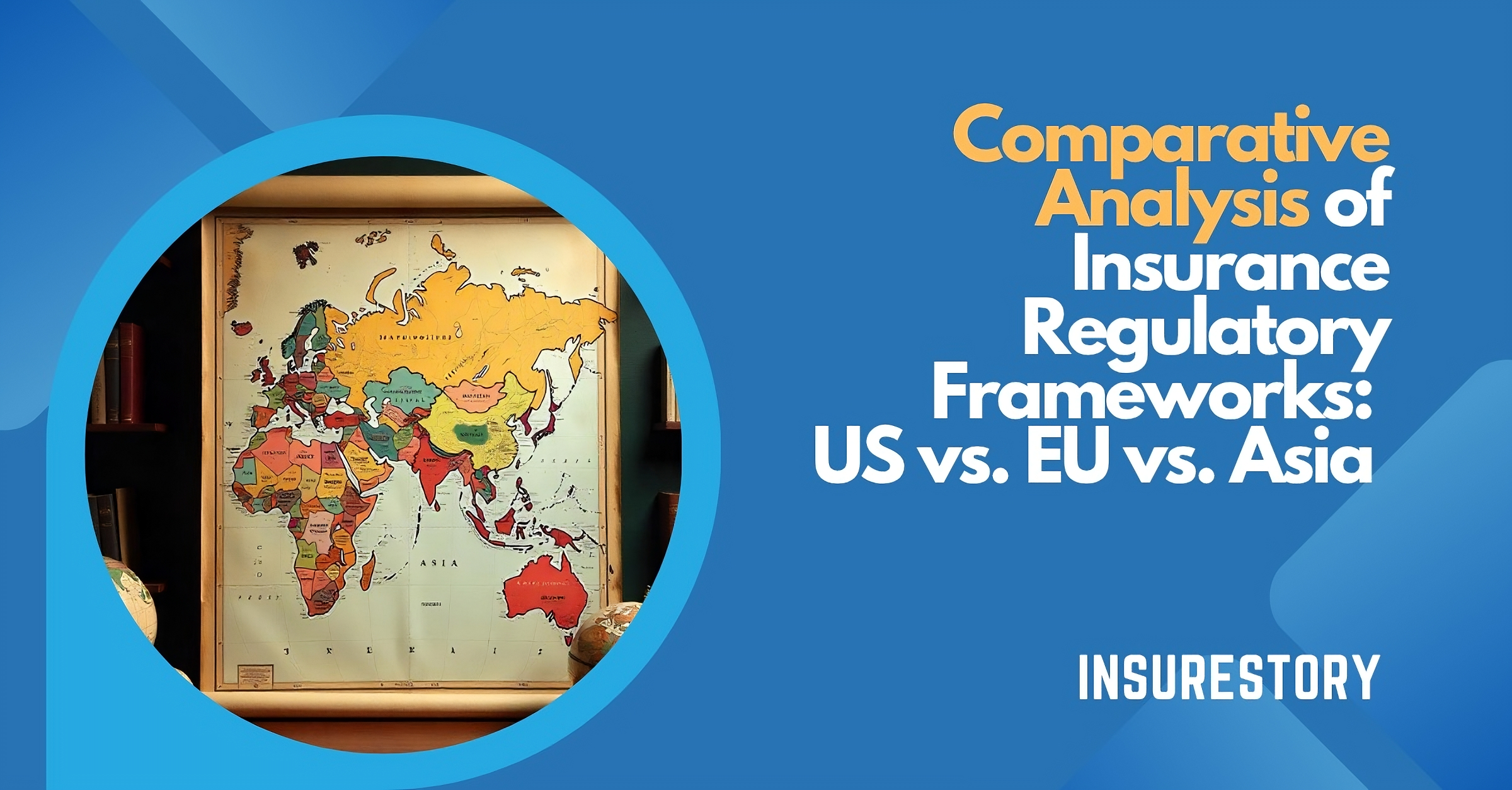Wildfires are one of the most devastating natural disasters, with the potential to cause widespread destruction, loss of life, and financial ruin. In the U.S., wildfires have become increasingly frequent and deadly, especially in areas prone to droughts and extreme weather conditions. Here’s a look at some of the most catastrophic wildfires in U.S. history, showcasing their massive scale, tragic loss of life, and the ongoing impact on the environment and communities.
1. The Peshtigo Fire (1871) The Peshtigo Fire remains the deadliest wildfire in U.S. history. Occurring on October 8, 1871, in Wisconsin, it claimed the lives of over 1,100 people, with estimates ranging from 1,500 to 2,500 deaths. The fire, fueled by strong winds, ravaged over 1.2 million acres and was so intense that it generated its own weather patterns, creating a firestorm. The Peshtigo Fire remains an infamous example of the destructive power of wildfires.
2. The Camp Fire (2018) In 2018, California experienced the deadliest wildfire in recent history with the Camp Fire, which devastated the town of Paradise in Northern California. It killed 88 people, destroyed over 18,000 structures, and burned more than 153,000 acres. The financial damage amounted to around $16.5 billion, making it one of the costliest wildfires in the U.S. The fire’s rapid spread was due to dry conditions and strong winds, highlighting the ever-growing threat of wildfires in fire-prone regions.
3. The Lahaina Fire (2023) In August 2023, the deadliest wildfire of modern times struck Maui, Hawaii. The Lahaina Fire, fueled by dry conditions and high winds, killed at least 102 people and caused over $5 billion in damages. It burned large parts of Lahaina and displaced thousands of residents. This fire is a reminder of the increasingly unpredictable and dangerous nature of wildfires, which are now seen in regions previously considered less vulnerable to such disasters.
4. The October Fire Siege (2017) In October 2017, Northern California was hit by a series of catastrophic fires, known collectively as the “October Fire Siege.” The Tubbs Fire, which was the most destructive, burned nearly 250,000 acres and killed at least 44 people. It caused an estimated $14 billion in damage, destroying thousands of homes and businesses. The fires were largely attributed to human activity and extreme weather conditions, including a prolonged drought.
5. The Griffith Park Fire (1933) One of the deadliest wildfires in California’s history occurred in Griffith Park, Los Angeles, in 1933. This blaze was particularly devastating for firefighters, as 29 individuals lost their lives while attempting to contain the fire. The Griffith Park Fire burned just under 50 acres, but the heavy loss of life made it a significant event in the history of U.S. wildfires. The fire also raised awareness about the dangers faced by those who combat wildfires on the frontlines.
6. The Smokehouse Creek Fire (2024) In early 2024, Texas experienced one of its largest wildfires, the Smokehouse Creek Fire, which burned over 1.05 million acres. While the death toll was low compared to other major fires, the economic and ecological damage was substantial. This fire holds the record for the largest wildfire in Texas history and is one of the ten largest wildfires in U.S. history, underscoring the growing threat of massive fires across the country.
7. The Summer Fire Siege (2020) During the summer of 2020, California experienced one of its worst wildfire seasons, with nearly 2.5 million acres burned. Lightning strikes triggered by the remnants of Tropical Storm Fausto ignited more than 650 fires in just one week. The season resulted in the destruction of thousands of homes and the loss of 31 lives. This event highlighted the intensity of wildfire seasons in recent years, with an increasing number of fires spreading rapidly across vast areas.
Conclusion: Wildfires in the U.S. have become a recurring and increasingly destructive phenomenon. From the catastrophic loss of life in the Peshtigo Fire of 1871 to the massive financial costs of the Camp Fire in 2018, these fires demonstrate the growing challenge of wildfire management and the urgent need for effective prevention and response strategies. As climate change intensifies and weather patterns become more erratic, these fires are expected to continue posing significant risks to life, property, and the environment.
Understanding these historical wildfires helps underscore the importance of disaster preparedness, community resilience, and proactive measures to prevent future fires from causing such widespread devastation.











